Dil E Nadaan Drama Review: Dil-e-Nadaan, meaning “Innocent Heart,” is a Pakistani drama that transcends the typical love story. It unravels a poignant tapestry of forbidden love, class struggles, and unwavering resilience, resonating deeply with audiences beyond language and borders. Here’s a closer look at the intricate threads that weave this captivating narrative:

Dil-e-Nadaan Intro:
The opening sequence sets the stage for a journey of contrasts. Lush green fields and quaint villages interweave with bustling cityscapes, hinting at the disparity between Aayat’s humble world and Haseeb’s affluent life. The melancholic melody, laced with a flicker of hope, foreshadows the bittersweet struggles at the heart of their love story. The montage, beautifully shot and infused with symbolism, creates a lasting impression, drawing viewers into the drama’s emotional core.
Dil-e-Nadaan Drama Cast:
| Character | Actor | Description |
| Aayat | Momina Khan | Innocent and resilient woman from a humble background, in love with Haseeb. |
| Haseeb | Abid Ali | Conflicted man torn between love for Aayat and societal expectations. |
| Saira | Nida Mumtaz | Manipulative aunt who schemes to separate Aayat and Haseeb. |
| Naseem | Zaheen Tahira | Haseeb’s compassionate mother, torn between son and societal norms. |
| Shahroze | Asad Zaman Khan | Aayat’s supportive childhood friend and confidante. |
| Fahad | Fahad Mustafa | Aayat’s brother, navigating his own struggles with social pressures. |
| Khala Begum | Samina Peerzada | Wise and supportive figure in Aayat’s life. |
| Azlan | Nadeem Baig | Haseeb’s arrogant cousin, vying for his inheritance. |
| Mehnaz | Samiya Mumtaz | Naseem’s sister, offering perspective and support. |
| Shabana | Firdous Jamal | Aayat’s friend, providing comic relief and insight. |
- Momina Khan as Aayat: Aayat embodies innocence and unwavering strength. Born into a family grappling with financial strain, she carries the weight of responsibility. Khan portrays her vulnerability and fierce devotion with exquisite nuance, making Aayat a character audiences root for fiercely.
- Abid Ali as Haseeb: Haseeb, torn between societal expectations and his burgeoning love for Aayat, navigates a complex emotional landscape. Ali shines in this layered role, making Haseeb’s internal conflicts relatable and his eventual choices impactful.
- Nida Mumtaz as Saira: As the scheming aunt who fuels discord, Mumtaz’s portrayal is masterfully manipulative. Saira’s venom-laced dialogues and calculated moves serve as a constant reminder of the societal forces opposing the lovers.
- Zaheen Tahira as Naseem: Haseeb’s mother, caught between her son’s happiness and family honor, offers a poignant portrayal of maternal love constrained by societal norms. Tahira’s nuanced performance adds depth and complexity to the narrative.
- Asad Zaman Khan as Shahroze: Shahroze, Aayat’s childhood friend and confidante, emerges as a symbol of unwavering support. Khan’s portrayal adds a flicker of hope and a different dimension to Aayat’s journey.
Themes and Social Commentary:
Dil-e-Nadaan delves into the stark realities of class disparities in Pakistani society. It critiques the shallowness of societal judgment and the hypocrisy that prioritizes wealth and status over genuine love. The drama challenges rigid class structures, highlighting the emotional toll and limitations they impose on individual choices and happiness. This poignant commentary resonates with viewers, sparking conversations about societal norms and the pursuit of love against entrenched boundaries.
Characters and Development:
The drama’s strength lies in its well-developed characters who evolve throughout the narrative. Aayat’s transformation from a naive girl to a determined woman fighting for her love is inspiring. Haseeb’s journey from a puppet of societal expectations to asserting his independence is equally compelling. Even Saira, despite her villainy, possesses a layer of complexity, showcasing the pressures women face within a patriarchal society. This nuanced character development keeps the audience invested in their journeys and outcomes.
Cinematic Elements and Direction:

Director Adnan Qureshi weaves a visually captivating tapestry through his masterful handling of cinematic elements. The cinematography is breathtaking, capturing the beauty of both rural landscapes and urban panoramas with equal finesse. The soundtrack, a blend of soulful and melancholic melodies, seamlessly complements the emotional beats of the narrative. The pacing is deliberate, allowing the story to unfold organically and building tension towards pivotal moments. These elements elevate the drama from a simple love story to a cinematic experience that leaves a lasting impression.
Conclusion:
Dil-e-Nadaan is more than just a love story; it’s a social commentary, a testament to human resilience, and a celebration of the unwavering power of love. With its strong performances, thought-provoking themes, and masterful cinematic elements, the drama resonates long after the credits roll. It invites viewers to question societal norms, empathize with the struggles of different classes, and celebrate the courage to love against all odds.
Share this content:
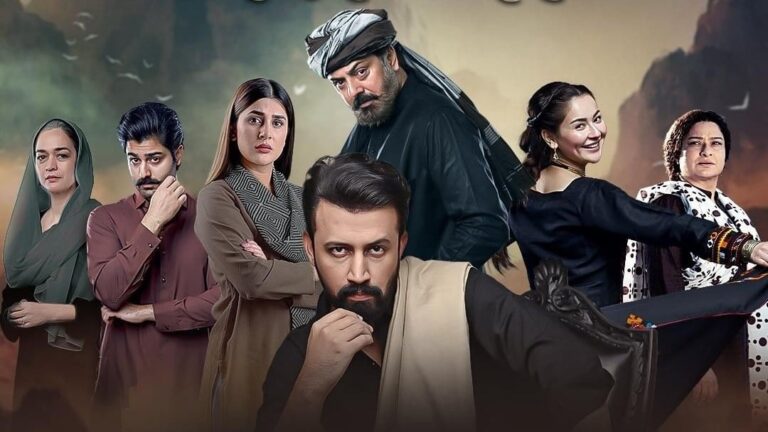
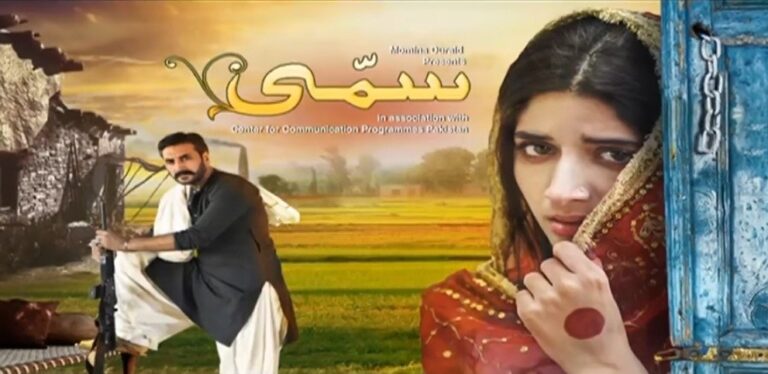


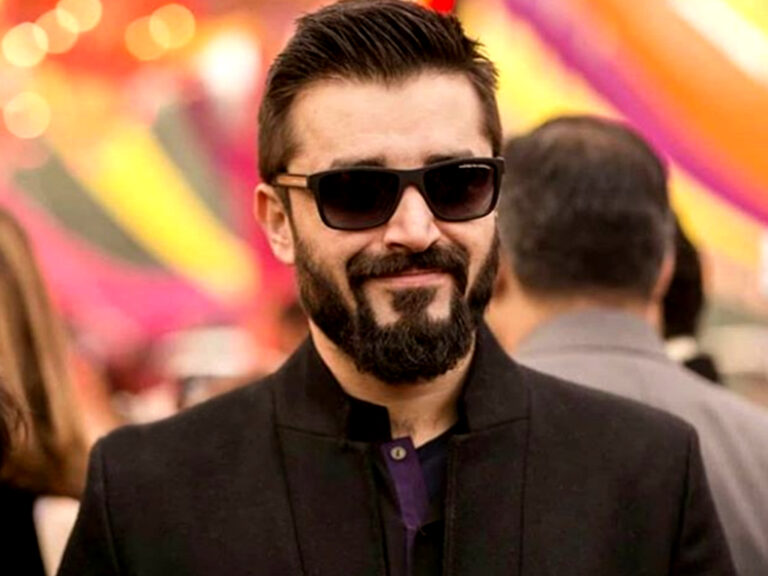
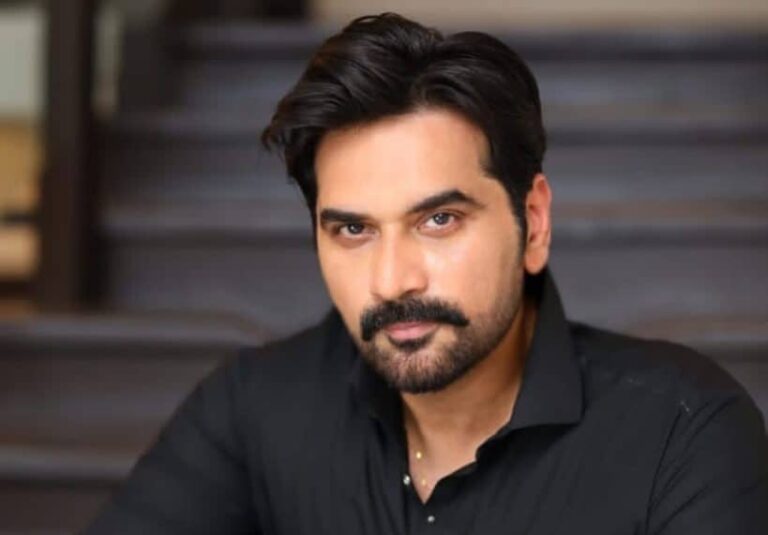


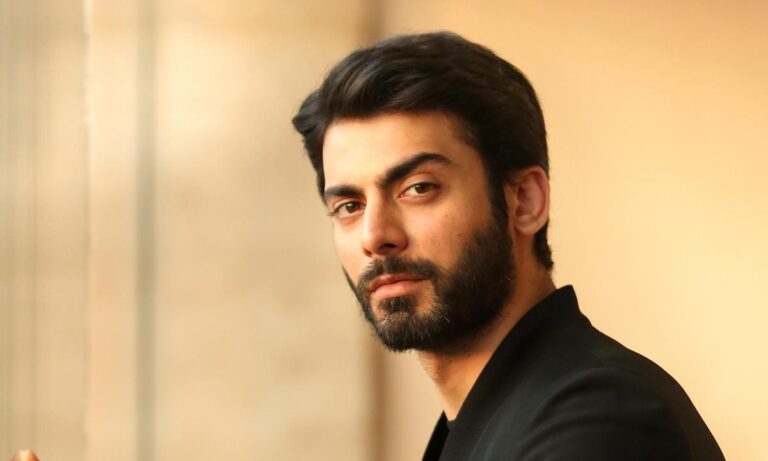

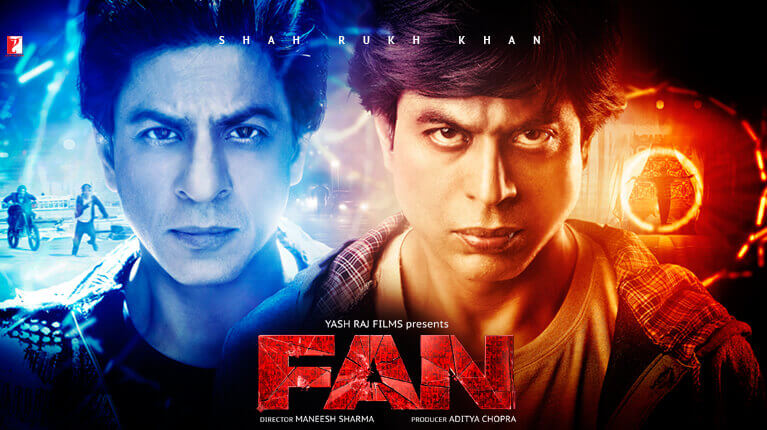
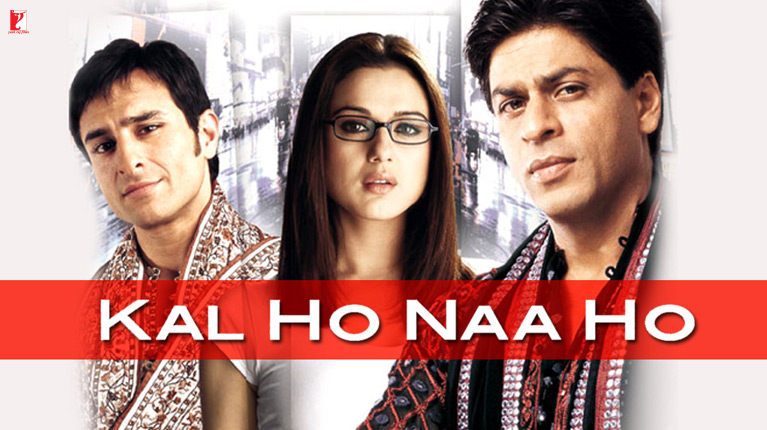
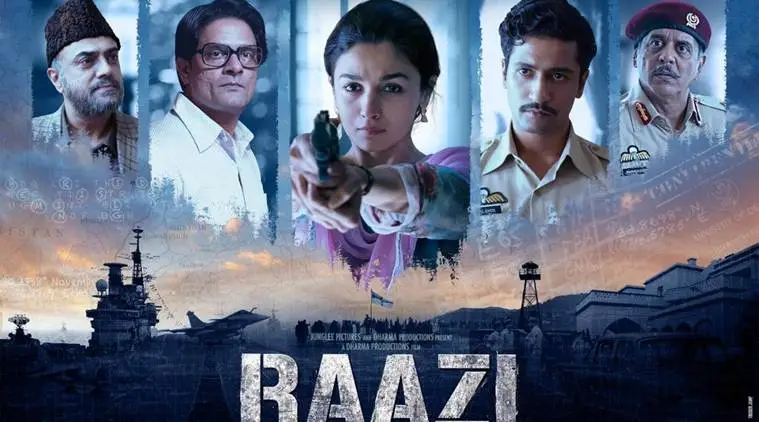
+ There are no comments
Add yours